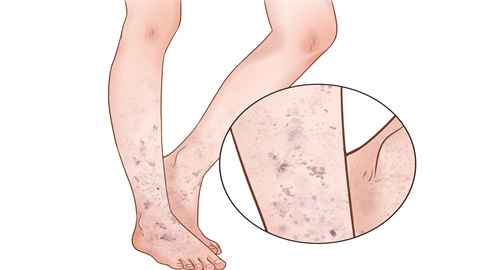Can leg capillary dilation heal on its own?
Whether leg capillary dilation can heal on its own generally depends on the underlying cause and the extent of vascular damage. If it is caused by short-term mild stimuli and the blood vessels are not damaged, it usually can resolve spontaneously. However, if it results from long-term factors or the blood vessels have明显 dilated, spontaneous recovery is unlikely. Detailed analysis is as follows:

If leg capillary dilation is caused by short-term mild stimuli, such as brief prolonged standing or sitting, temporary hot or cold exposure, or vascular stress dilation after short-term strenuous exercise, and only presents as temporary redness of the leg without obvious vascular thickening or tortuosity, timely lifestyle adjustments and avoiding prolonged standing or sitting are recommended.
If leg capillary dilation is caused by long-term factors, such as chronic prolonged standing or sitting, sustained increased venous pressure in the lower limbs, or genetic influences, or is accompanied by mild varicose veins, with visibly thickened blood vessels forming a net-like or thread-like pattern and persistent symptoms, the capillary structure has already sustained damage and cannot return to normal on its own. Symptoms may progressively worsen over time.
In daily care, it is important to avoid maintaining the same posture for long periods. When sitting or standing for extended times, take regular breaks to move around. Engage in low-impact activities such as walking or swimming to promote lower limb blood circulation.





